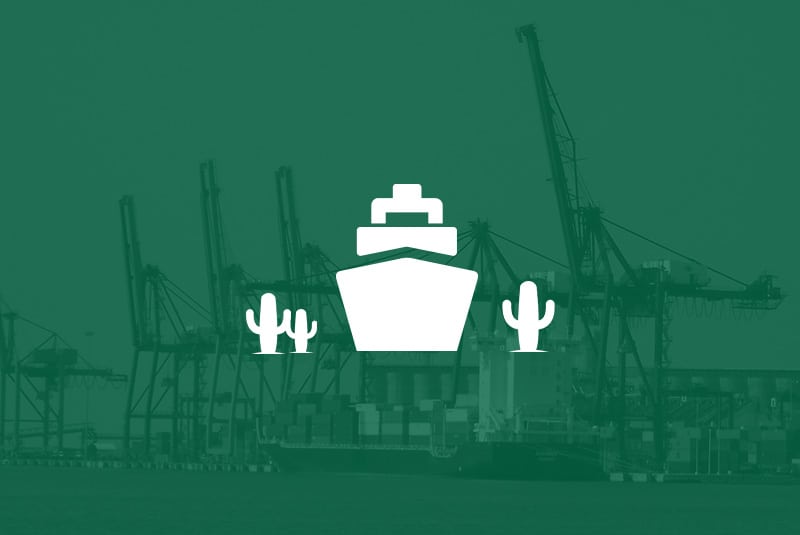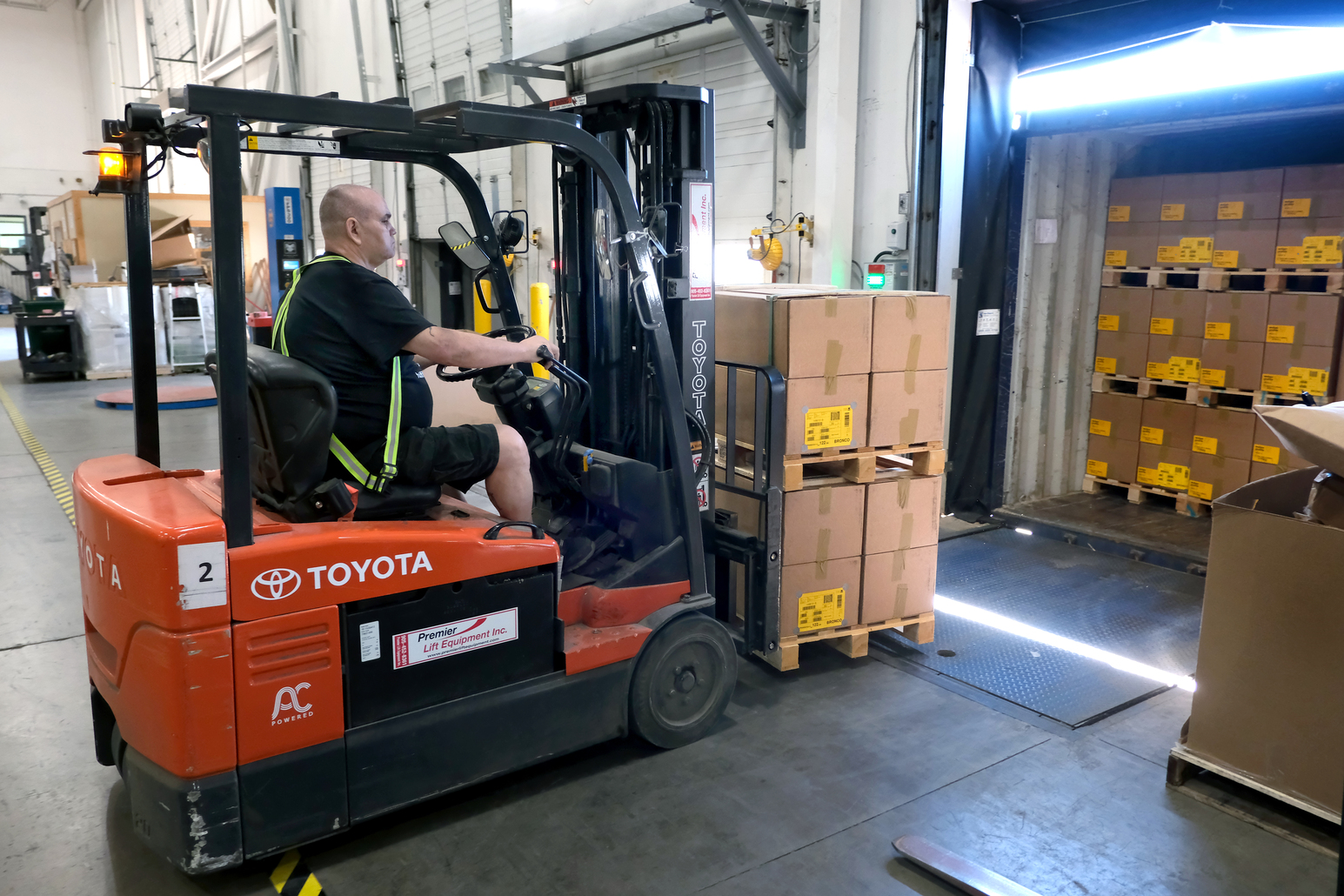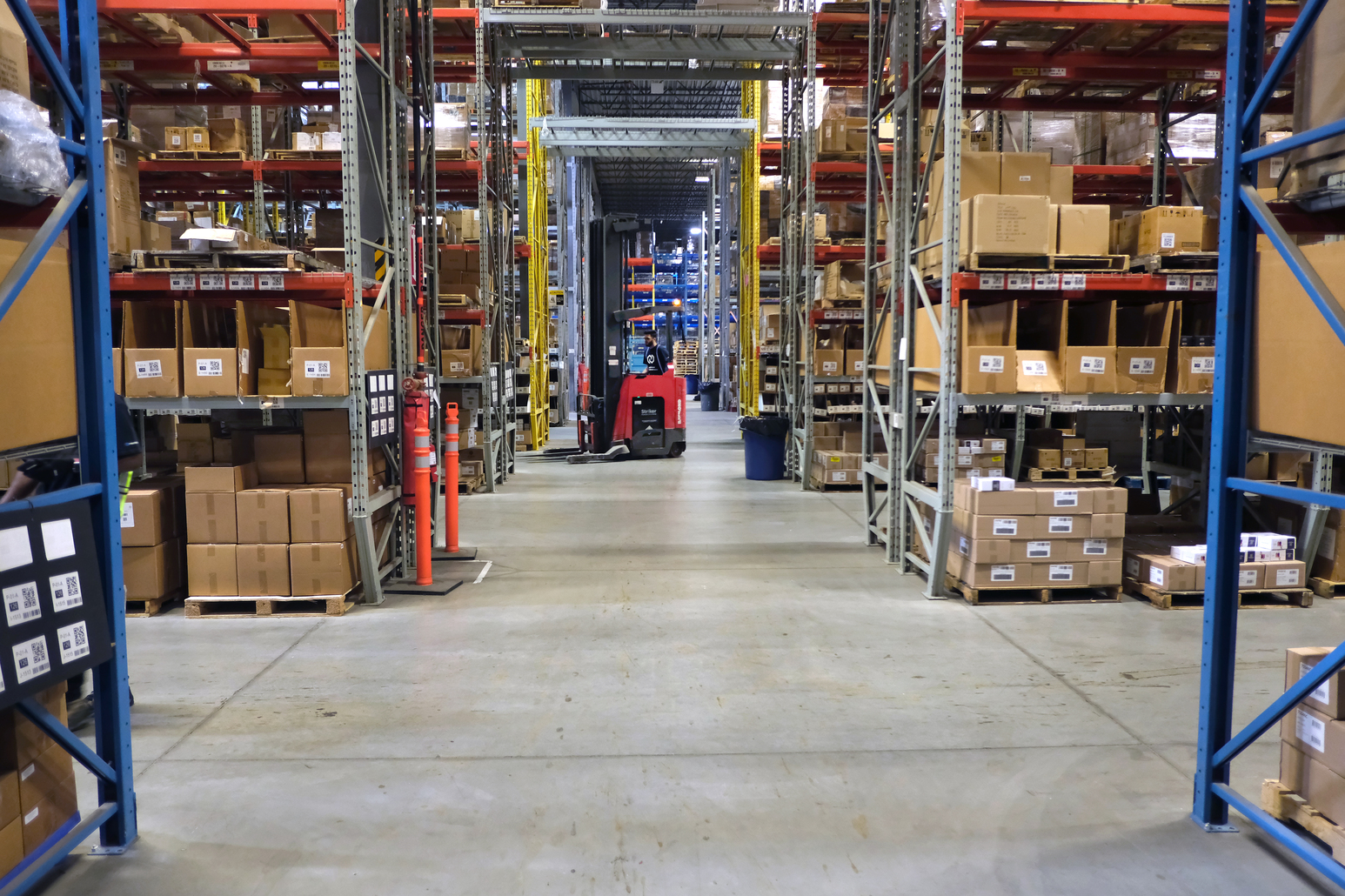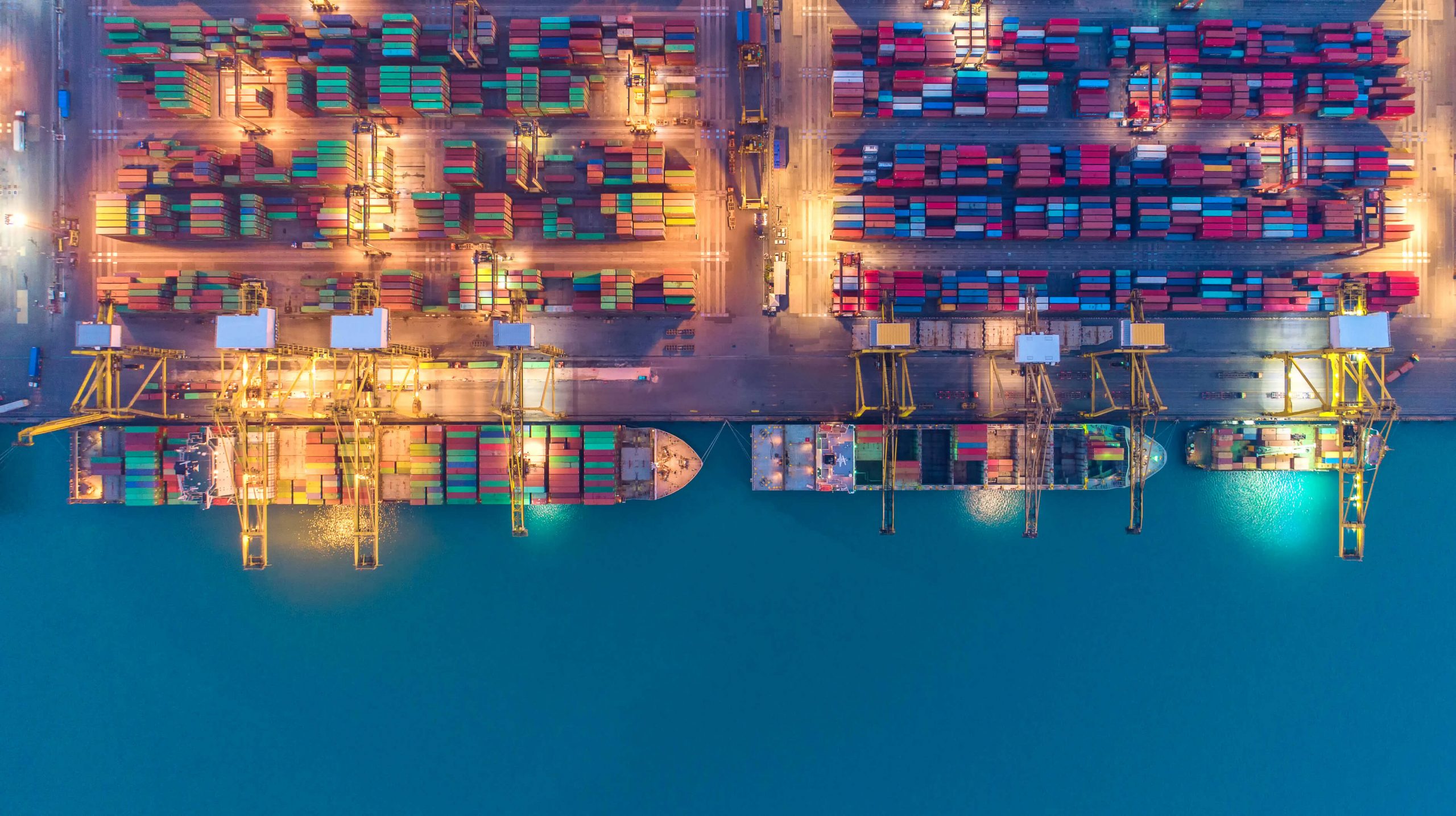Veracruz Gearing up to Compete for US bound Container Cargo from Asia
Enrique Pena Nieto, Mexico’s President, announced an aggressive transport infrastructure program beginning in 2013. A $46 billion investment made up from public and private funds is dedicated to port creation and improvement through to 2018.
President Nieto stated, “In terms of ports, the goal is to have four world-class ports, to strengthen the capacity of the port system so as to support the country’s various economic sectors, while encouraging the development of merchant shipping and coastal navigation,???
The Pursuit of Global Energy
Part of the investment funding is expected to come from different energy sectors including the state-owned Pemex petroleum company, the Federal Electricity Commission and the National Water Commission.
One of the motivations for the petroleum sector is to be able to accommodate offshore oil contracts. Guillermo Ruiz de Teresa, General Coordinator – Mexican Ports and Merchant Marine, states that, “deep water offshore oil contracts could do for Gulf of Mexico ports what the container trades did for Pacific coast ports.??? He goes on to say that, “h3 maritime activities in the Gulf will strengthen our logistics potential as a crossroads between the major economies of the world.???
Port of Veracruz Expansion
As the largest container port in the Gulf, Veracruz is poised to expand to four times its current capacity. The first stage plans are to construct a 2.4 km western breakwater, a similar sized dock that will include two container terminals and a satellite terminal for mineral bulk. The second stage will see additional construction of an eastern breakwater (3.5 km) as well as added container terminals.
The focus on container terminal expansion, according to the Port of Veracruz, “makes sense because it is significantly cheaper to move cargo from Asia to the US via Mexico, so it will reduce transport costs for shipping companies and ‘add value’ to Mexico’s port sector???. With that in mind, a large portion of the investment must go to road and rail infrastructure if they want to compete with the US West Coast traditional routes.
Over the length of construction, it is predicted that the expansion will produce 140,000 full and part time positions. And, the capacity will increase from 23m tonnes to 118m tonnes.
Port of Lazaro Cardenas Expansion
APM Terminals, a part of the Maersk Group, signed a concession for 32 years beginning in 2012 to increase capacity at Lazaro Cardenas. The new deep water terminal is expected to open in early 2016 and will accommodate larger container vessels and thus, increased capacity.
The initial 300 meters of the new quay is nearly finished and upon completion, the container handling equipment will be installed that includes
- Five ship to shore cranes.
- Twenty two automatic stacking cranes.
- Two railway cranes.
Suddenly, there may be a viable option for Lazaro Cardenas that appears even more evident now based on the lengthy labor dispute and subsequent container ship congestion at the major US West Coast Ports. Certainly, they are not a major threat to Long Beach and Los Angeles at this early stage but with the backing of Maersk Line, anything can happen.
An added benefit is the linking of the terminal to APM’s inter-modal facility in Mexico City. Further, Kansas City Southern railway provides exclusive rail service at Lazaro Cardenas. Although revenues have been lower than usual recently, Pat Ottensmeyer, Executive Vice President of Sales and Marketing says that, “we expect to see sustainable double-digit revenue growth when the new APM Terminals facility is open.???
New Mexico City Airport
Mexico’s investment also includes the expansion of existing international airports as well as constructing a new one. The current Benito Juarez International airport has only two runways. With airlines across the world waiting on requests for landing slots in Mexico City, a new and modern airport will alleviate congestion and spur additional growth of air travel to Mexico.
The expected completion date is scheduled for late 2018 or early 2019. The new airport will be able to accommodate over 50 million passengers at the start which is an increase of 60 percent of their current volume. Three runways will be accessible in the beginning with the capability to expand to 6 runways at later phases in the construction. Commercial cargo facilities will also be available for import and export cargo. At some point in the future, Benito Juarez airport will be closed for development and park land.
Mantoria Inc. will be watching and reporting on new developments on the Mexico Port expansion as things progress. Operating Canadian customs brokerage services and worldwide international freight forwarding, we believe in keeping our customers informed on trade developments around the world. Contact us for a free discussion on any worldwide topic.



